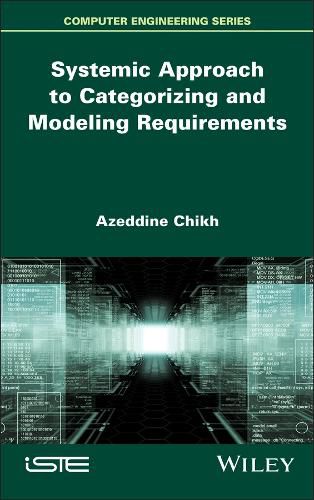Readings Newsletter
Become a Readings Member to make your shopping experience even easier.
Sign in or sign up for free!
You’re not far away from qualifying for FREE standard shipping within Australia
You’ve qualified for FREE standard shipping within Australia
The cart is loading…






Current categorizations of software requirements are highly ambiguous and inconsistent, mainly due to the lack of a clear, common framework for defining software elements and relevant environmental factors.
This book overhauls the traditional approach by proposing an innovative systemic method for categorizing and modeling software requirements. It introduces an unprecedented frame of reference, putting an end to divergent interpretations by precisely defining software elements and environmental factors. This framework forms an indispensable basis for all the other components of this approach: a redefinition of requirements, a hybrid categorization that combines several taxonomies and scales, a metadata model used to qualify requirements, and a multi-view model that represents all possible categories of requirements.
By adopting this new approach, professionals will be able to improve the clarity, precision and relevance of their specifications, and thus optimize the success of their software projects.
$9.00 standard shipping within Australia
FREE standard shipping within Australia for orders over $100.00
Express & International shipping calculated at checkout
Current categorizations of software requirements are highly ambiguous and inconsistent, mainly due to the lack of a clear, common framework for defining software elements and relevant environmental factors.
This book overhauls the traditional approach by proposing an innovative systemic method for categorizing and modeling software requirements. It introduces an unprecedented frame of reference, putting an end to divergent interpretations by precisely defining software elements and environmental factors. This framework forms an indispensable basis for all the other components of this approach: a redefinition of requirements, a hybrid categorization that combines several taxonomies and scales, a metadata model used to qualify requirements, and a multi-view model that represents all possible categories of requirements.
By adopting this new approach, professionals will be able to improve the clarity, precision and relevance of their specifications, and thus optimize the success of their software projects.